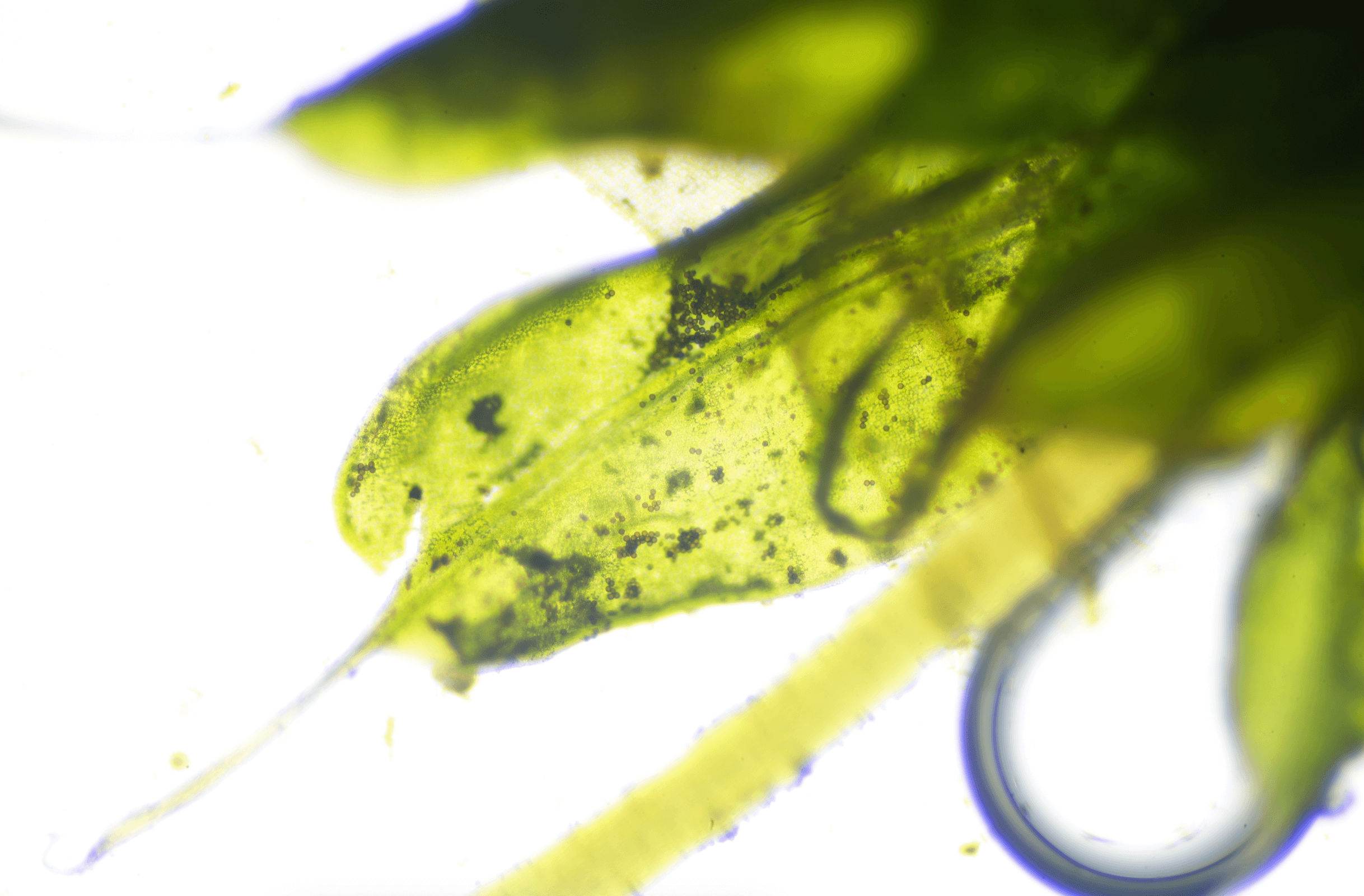/microscopy
Microscopy began as a summer hobby for me in 2023. I was inspired by a handful of niche YouTube channels, captivating Instagram feeds, and books that brought the microscopic realm to life. It was impossible not to be drawn in. So I took the plunge and bought a Motic BA310E, a sturdy scope with an assortment of objectives and eyepieces — a decision that's taught me a surprising amount about patience. Time seems to slow down when I'm behind the lens, almost as if the everyday bustle gets paused while I watch entire universes unfold on a glass slide.
One of my earliest breakthroughs was observing my own red blood cells. It felt transformative — like crossing a boundary between casual interest and genuine awe. These tiny cells were floating in their microscopic world, completely oblivious to the larger being they're a part of. We're all simply an intricate network of cells (some 30 trillion human cells and about 38 trillion bacteria), each playing a small part in a much larger, complex system. Sometimes, the smallest view reveals the biggest truths.
Toolkit
I center my setup around the Motic BA310E. It's kitted out with various objectives (4x, 10x, 20x and 40x ) and eyepieces (10x), enough variety to switch perspectives on a whim. I also use polarizer, phase slider and some filters (green interference, blue and didymium). Using this equipment, I experiment with several techniques. Darkfield microscopy is great for revealing the intricate structures of transparent specimens, while brightfield is my go-to for observing the natural colors and textures. Polarized light microscopy adds a bit of fun, turning ordinary objects into vibrant displays of color. Each method offers a unique way to explore the tiny wonders that are usually hidden from the naked eye.
- Darkfield microscopy illuminates transparent specimens in great clarity — perfect for spotting the spindly legs of water fleas.
- Brightfield microscopy remains my everyday workhorse, letting me appreciate the natural colors and textures of a sample.
- Polarized light microscopy adds bursts of color and drama, revealing iridescent patterns in otherwise ordinary materials.
For imaging, I pair two different adapters with my scope:
- iCamLab Ultra hooks up to my iPhone 14 Pro, turning it into an on-the-spot camera for time-lapse or 4K video.
- Askania adapter (1.6x) + T2 adapter attaches my Sony Alpha 7 IV, capturing higher-resolution shots for those times I need every tiny detail in focus.
Samples
Whenever I feel a spark of curiosity, I head out to local Berlin ponds or parks, sampling water with a small jar. It's like treasure hunting — each scoop might reveal swirling algae, darting crustaceans, or maybe a weirdly mesmerizing fungus spore. If there's magic in the mundane, pond water is often where it hides.
But the fun doesn't stop in the wild. My fridge has proven just as wondrous — a lone strawberry spotted with mold or the fibrous strands of a lettuce leaf can be surprisingly beautiful (and occasionally a little unsettling) when viewed at high magnification. It's a reminder that even the most overlooked corners of our daily life harbor intricacy and mystery.
In the end, that's what microscopy is for me — a way to unveil the invisible artistry that surrounds us. Whether I'm looking at my own cells or peeking into a drop of pond water, each slide offers a new perspective on life's complexity. It's humbling, knowing that entire ecosystems thrive in places we rarely think to look.
Moss Flower
Leucobryum glaucum

Pillow Moss Flower
Leucobryum glaucum
Motic BA310E/400x
brightfield
LabCam/Sony Alpha 7IV
14 January 2024


Aztec Berry
Physalis peruviana

Aztec berry
Physalis peruviana
Motic BA310E/
darkfield
LabCam Adapter/iPhone 14 Pro
13 September 2023




Pillow Moss
Leucobryum glaucum

Pillow Moss
Leucobryum glaucum
Motic BA310E/
darkfield
LabCam Adapter/iPhone 14 Pro
10 September 2023



Hen Egg
Gallus domesticus

Egg White
Gallus domesticus
Lorem ipsum dolor sit amet, consectetur adipiscing elit, sed do eiusmod tempor incididunt ut labore et dolore magna aliqua. Ut enim ad minim venia
Motic BA310E/100x
darkfield
LabCam Adapter/iPhone 14 Pro
26 July 2023


Black Pepper
Piper nigrum

Ground Black Pepper Powder
Piper nigrum
Lorem ipsum dolor sit amet, consectetur adipiscing elit, sed do eiusmod tempor incididunt ut labore et dolore magna aliqua. Ut enim ad minim venia
Motic BA310E/200x
darkfield
LabCam Adapter/iPhone 14 Pro
26 July 2023


Red-tailed Bumblebee
Bombus lapidarius

Bumblebee wing
Bombus lapidarius
Motic BA310E/
darkfield
LabCam Adapter/iPhone 14 Pro
30 June 2023
Stinging Nettle
Urtica kioviensis

Stings of Stinging Nettle
Urtica kioviensis
Lorem ipsum dolor sit amet, consectetur adipiscing elit, sed do eiusmod tempor incididunt ut labore et dolore magna aliqua. Ut enim ad minim venia
Motic BA310E/200x
brightfield
LabCam Adapter/iPhone 14 Pro
1 June 2023
